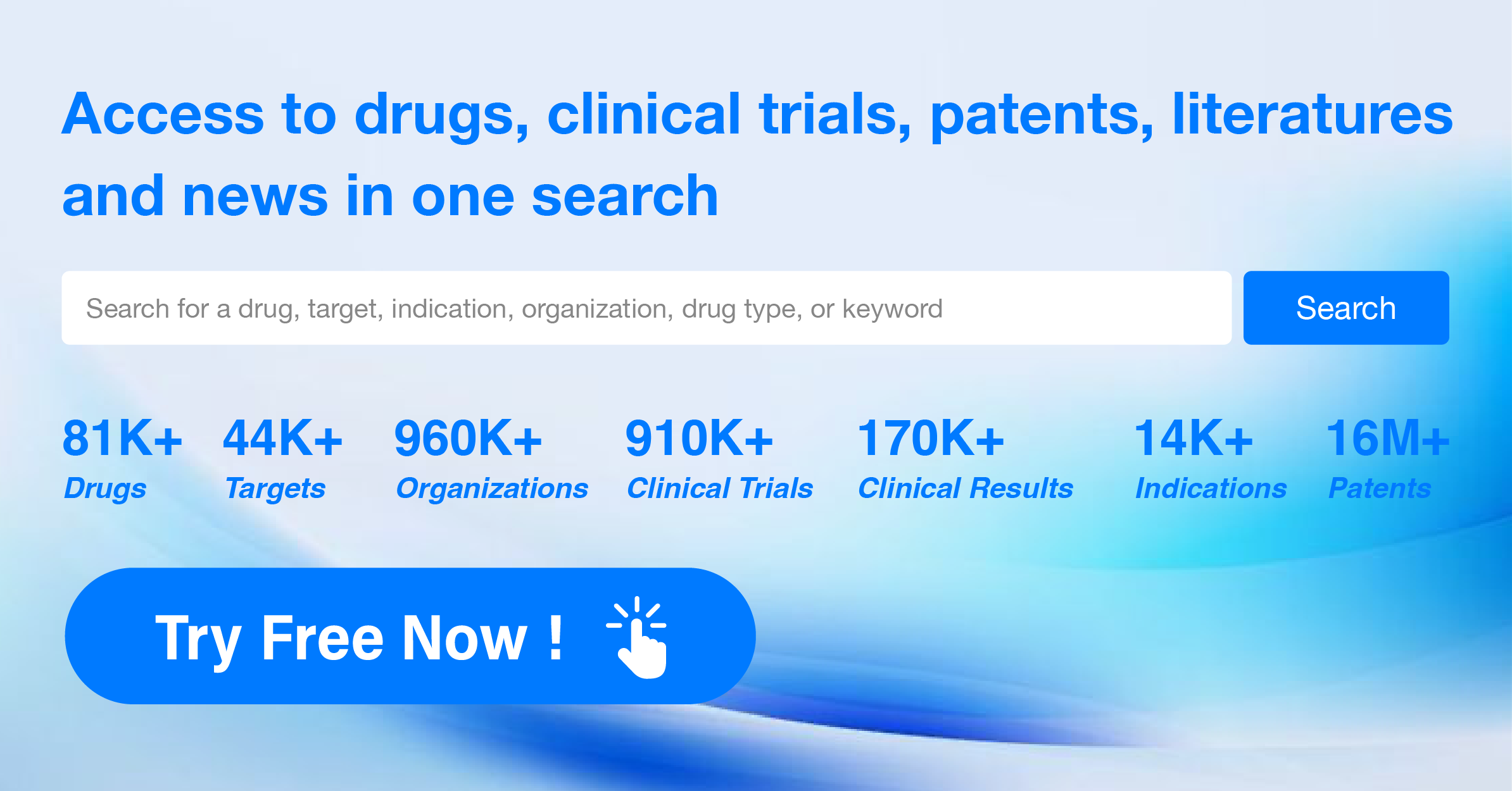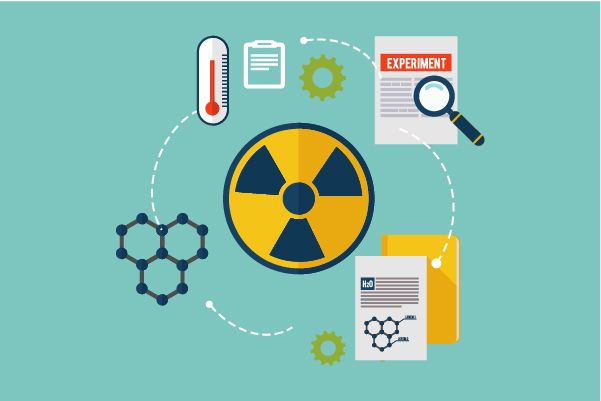What is the mechanism of action of radioactive therapeutic drugs?
Radioactive therapeutic drugs, also known as radioactive drugs, mainly function based on the particles or rays produced by the radioactive decay of radionuclides. These particles or rays can damage the DNA of tumor cells, thereby inhibiting the proliferation of tumor cells or directly inducing their death. The following is a detailed explanation of the mechanism of action of radioactive therapeutic drugs:
DNA damage: The particles (such as alpha particles, beta particles) or rays emitted by radionuclides can directly act on the DNA of tumor cells, causing DNA strand breaks, base damage, and crosslinking, leading to the inability of cells to undergo normal replication and division, ultimately inducing cell death.
Bystander effect: Free radicals produced by radionuclides can damage nearby tumor cells, even if these cells are not directly affected by the radionuclides. This effect can increase the killing range of radiotherapy.
Anti-angiogenic effect: Radionuclides can also act on tumor vascular endothelial cells, damaging their DNA and inducing apoptosis, reducing blood supply to the tumor and thereby inhibiting tumor growth.
Immune enhancement: Radionuclide therapy can enhance the body's immune surveillance function by increasing the activity of cytotoxic T cells (CTLs) and natural killer cells (NK cells), upregulating the expression of major histocompatibility complex (MHC-I) and intercellular adhesion molecules (ICAMs), and increasing the secretion of tumor necrosis factor (TNF-α) and interferons (IFN-γ), among other mechanisms, thus enhancing the immune clearance of tumors.
Tumor microenvironment changes: Radionuclides can also alter the tumor microenvironment by damaging tumor cells and tumor microvascular endothelial cells, reducing nutrient supply, increasing extracellular acidity, and altering the expression and secretion of cellular factors, all of which are unfavorable for tumor growth.
Targeted therapy: Radioactive drugs can be coupled with specific targeting ligands, such as monoclonal antibodies, peptides, or small molecules, which can specifically deliver the radionuclides to the disease site, achieving precise treatment.
The therapeutic principle of radioactive therapeutic drugs is to combine radionuclides with therapeutic purposes, utilizing the decay properties of radionuclides to precisely target tumor cells while protecting normal tissues and reducing adverse reactions. This treatment approach has demonstrated unique advantages and potential in cancer treatment.




